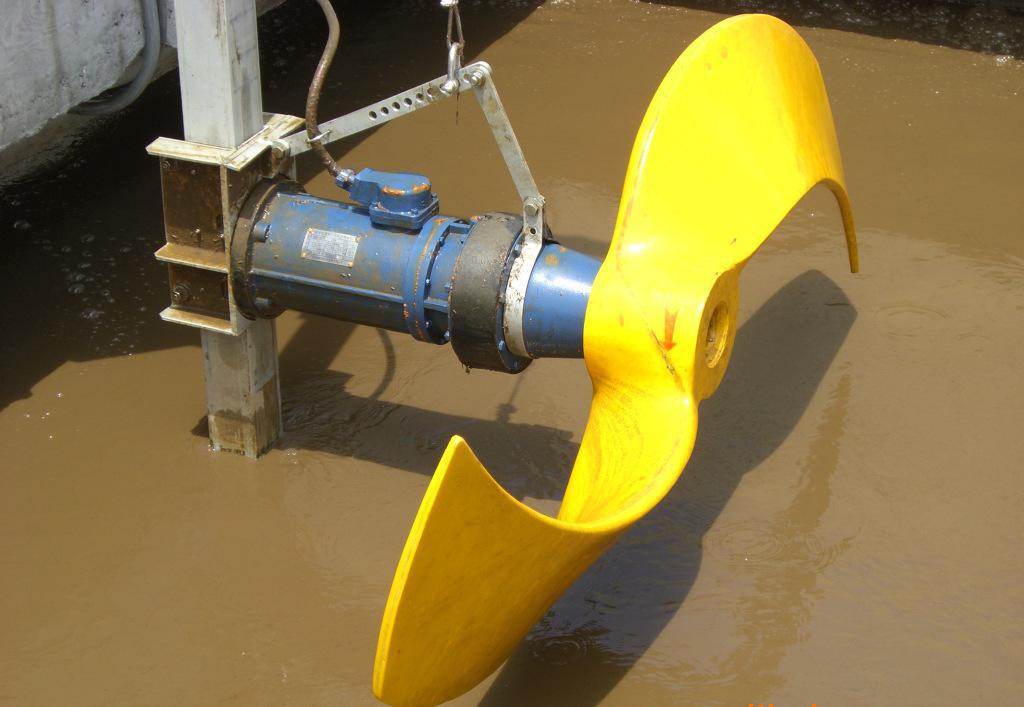-
Water treatment chemicals
-
Environmental testing
-
Environmental projects
-
Operation maintenance
- Submersible Mixer
- Micro Nano Aerator
Contact us
Know more details, please call
020-3613-1330

One of the key determinants of the potential application and disposal of low-velocity shunts for reuse of water is the quality of the water coming from a variety of municipal uses. The concept of a water quality change procedure is more common when municipal water is used. Low-velocity blower ii processing technology is applied to source water, such as surface water, groundwater or seawater to produce potable water to meet drinking water regulations. In contrast, municipal water makes water quality worse by absorbing and accumulating some chemical, biological and other substances.
It is necessary to improve the quality of the waste water, which is the basis of the waste water treatment by the low speed flow impeller. In fact, wastewater treatment has been carried out in areas where some legislatures are protecting the environment, including the beneficial use of aquatic ecosystems and receiving water bodies.
As the quality of treated water approaches that of uncontaminated water, the real benefits of water regeneration and reuse become significant. Low-velocity flow improvers handle water and treat water quality, making treated water economically valuable and part of water resources. As more and more advanced technologies are applied to reclaimed water, such as activated carbon adsorption, advanced oxidation and membrane technology, the quality of reclaimed water has met or exceeded traditional drinking water standards for all measurable indicators. Today, water regeneration or purification processes are technically able to deliver almost any ideal water quality, including precision industrial and medical high purity water.

